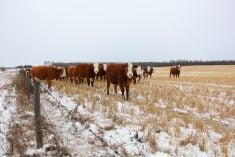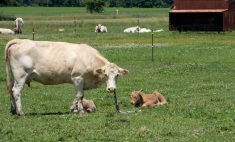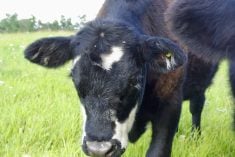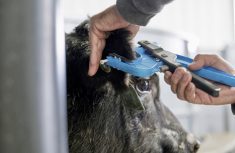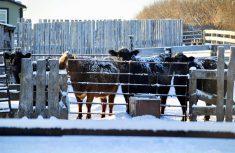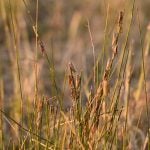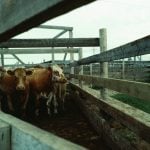Jim came into the clinic one day. He’d even called ahead to say he needed a few minutes of my time to talk about the 50 new heifers he bought and what they might need to help them through calving season without problems. Jim had become an astute cattleman through the years, always trying to do his best with a bare minimum of facilities. Jim liked to be prepared.
The heifers came with a record of vaccination (seven-way clostridial, infectious bovine rhinotracheitis, hemophilus, mannheimia, bovine viral disease, campylobacter). They had also been dewormed with Ivomec. However, they had not received scours vaccines, as it was still under development at that time. Jim held and fed the heifers on pasture separate from the rest of the cow herd.
Jim planned to move the heifers into clean corrals with access to an annex when calving started in about three weeks. The hay crop, that particular year, had suffered through a period of drought in the spring, then rain before bailing. It could only be considered medium quality. Feed analysis showed low vitamin A, protein and energy levels. Ground barley and oats made up a balanced supplement to be pail fed in troughs. Pail feeding would also give Jim a chance to keep an eye on things as calving approached. He also offered a mixed salt mineral, free choice, from a mineral feeder placed on pasture and in the annex.
We talked about calves needing two litres of colostrum if they hadn’t sucked within two hours of birth. Jim bought a new esophageal feeder in case a calf might need colostrum or fluids for dehydration.
Read Also

Canadian Beef Check-Off Agency reports on investments and activities
The check-off agency’s work behind the scenes is what ensures cattle check-off dollars are invested wisely, accounted for transparently and deliver measurable value back to producers and importers.
I reminded Jim that cleanliness is next to godliness in the calving barn, adding it was also important to keep things dry. Removing sick calves to another protective environment is also key.
We also reviewed Jim’s equipment list:
- Clean halter and rope
- Long-sleeved obstetrical gloves
- Obstetrical lubricant
- Clean stainless-steel bucket
- Clean chains and handles
- Iodine to dip navels
- Working flashlight
- Sterile needles and syringes
- Esophageal feeder
- Electrolytes
- Commercial colostrum
About midway through calving, Jim experienced a bout of respiratory disease. Calves and their dams were moved immediately into the clean, dry barn and treated with a broad-spectrum antibiotic. All four affected calves recovered with no complications.
Jim had learned through the years not to rely on memory to keep track of things, such as calving ease, calf loss, animal temperament at calving and treatment if necessary. He used a small book to keep notes and transferred the information to a computer program at night.
Overall, the heifers calved with little effort. Jim proudly showed me the group one day when I stopped after calving season to say hello.
– Dr. Ron Clarke is a veterinarian who consults on animal health and disease issues and writes for agricultural and veterinary audiences.





